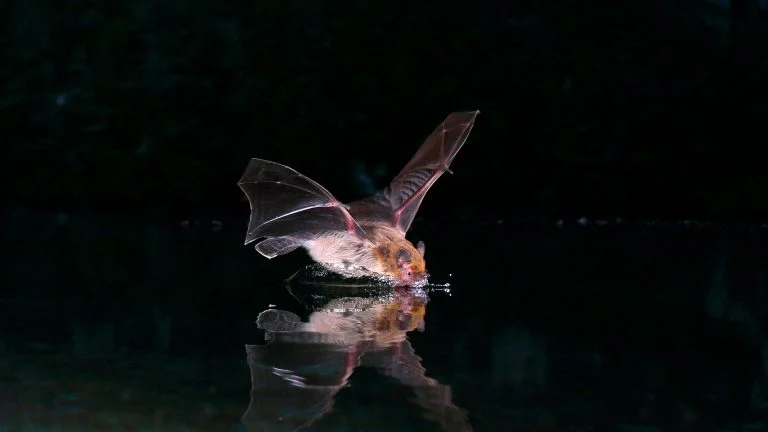Breakthrough Discovery Reveals Acoustic Cognitive Maps
Researchers from the Max Planck Institute of Animal Behavior have uncovered the remarkable navigational skills of echolocating bats. These tiny creatures use acoustic cognitive maps to traverse long distances in complete darkness, identifying locations and finding their way home.
Key Findings
- Echolocating bats possess an acoustic cognitive map of their home range.
- Bats navigate over 3 kilometers (~2 miles) using echolocation alone.
- Vision enhances navigation performance when available.
- Bats rely on environmental features with high ‘echoic entropy’ for acoustic landmarks.
Experimental Insights
- 76 Kuhl’s pipistrelle bats were tracked in Israel’s Hula Valley.
- Bats were relocated and tracked using innovative ATLAS reverse GPS.
- Sensory manipulation revealed echolocation, vision, and magnetic sense contributions.
Expert Insights
“We were surprised to discover that these bats also use vision… incredible to see that, even with small eyes, they can rely on vision.” – Aya Goldshtein
Study Implications
- Challenges previous assumptions about bat sensory capabilities.
- Highlights importance of multisensory integration in navigation.
- Provides insights into animal cognition and spatial awareness.
Reference
Goldshtein et al. (2024). Cognitive mapping in echolocating bats. Science, DOI: 10.1126/science.ade6445
Share Your Thoughts
How do these findings expand our understanding of animal navigation and cognition?
















